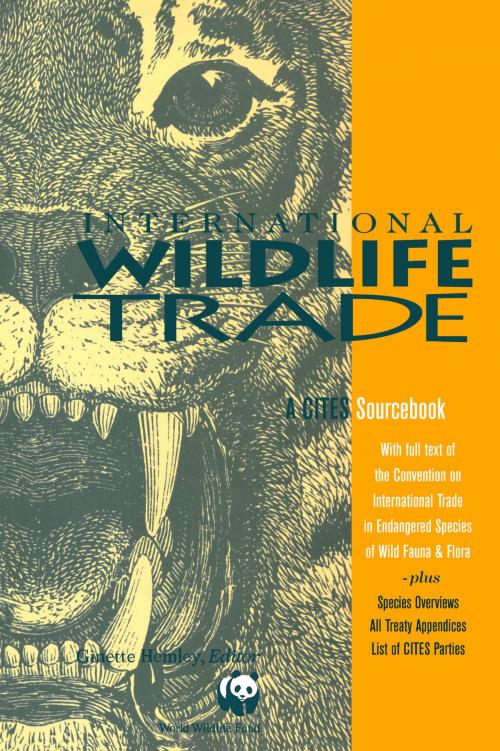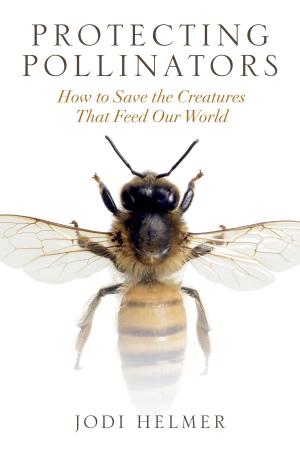International Wildlife Trade
A Cites Sourcebook
Business & Finance, Economics, Sustainable Development, Nonfiction, Science & Nature, Nature, Environment, Environmental Conservation & Protection| Author: | Ginette Hemley | ISBN: | 9781610912808 |
| Publisher: | Island Press | Publication: | April 10, 2013 |
| Imprint: | Island Press | Language: | English |
| Author: | Ginette Hemley |
| ISBN: | 9781610912808 |
| Publisher: | Island Press |
| Publication: | April 10, 2013 |
| Imprint: | Island Press |
| Language: | English |
For more than two decades, the Convention on International Trade in Endangered Species of Wild Fauna and Flora, known as CITES, has been one of the largest and meffective conservation agreements in the world. By regulating international commerce in certain species -- from African elephants and exotic birds to hardwoods and bulbs -- the treaty limits trade in species that are in genuine need of protection while allowing controlled trade in species that can withstand some level of exploitation.In addition to explaining how CITES operates, this definitive reference includes: the full text of the CITES treatyCITES Appendices I, II, and III a list of Parties as of March 1994 a list of reservations by Parties as of October 1993 Chapters address the status of highly threatened species such as elephants, rhinos, and tigers as well as other heavily exploited species including parrots, primates, and bears.International Wildlife Trade provides a valuable overview of wildlife trade issues, and of the strengths and weaknesses of the currtreaty.
For more than two decades, the Convention on International Trade in Endangered Species of Wild Fauna and Flora, known as CITES, has been one of the largest and meffective conservation agreements in the world. By regulating international commerce in certain species -- from African elephants and exotic birds to hardwoods and bulbs -- the treaty limits trade in species that are in genuine need of protection while allowing controlled trade in species that can withstand some level of exploitation.In addition to explaining how CITES operates, this definitive reference includes: the full text of the CITES treatyCITES Appendices I, II, and III a list of Parties as of March 1994 a list of reservations by Parties as of October 1993 Chapters address the status of highly threatened species such as elephants, rhinos, and tigers as well as other heavily exploited species including parrots, primates, and bears.International Wildlife Trade provides a valuable overview of wildlife trade issues, and of the strengths and weaknesses of the currtreaty.















